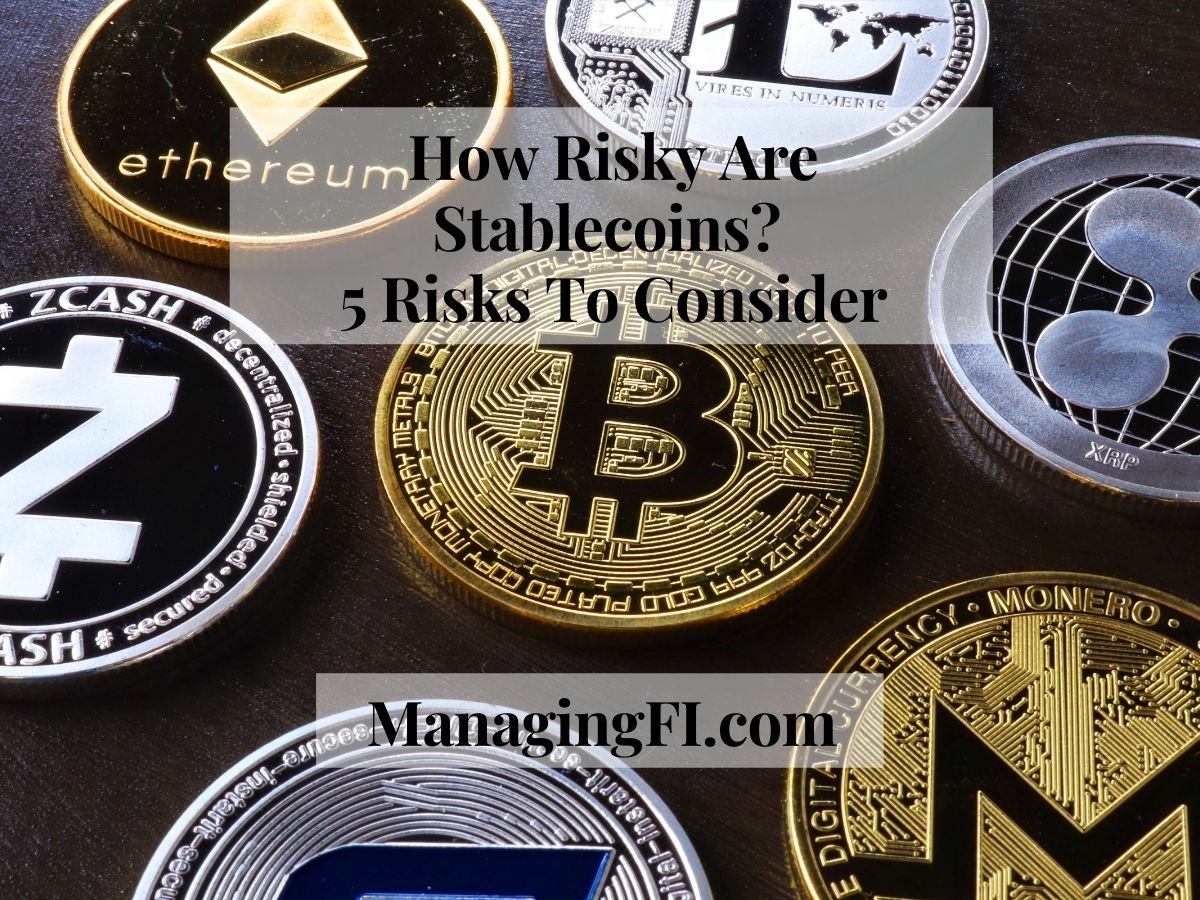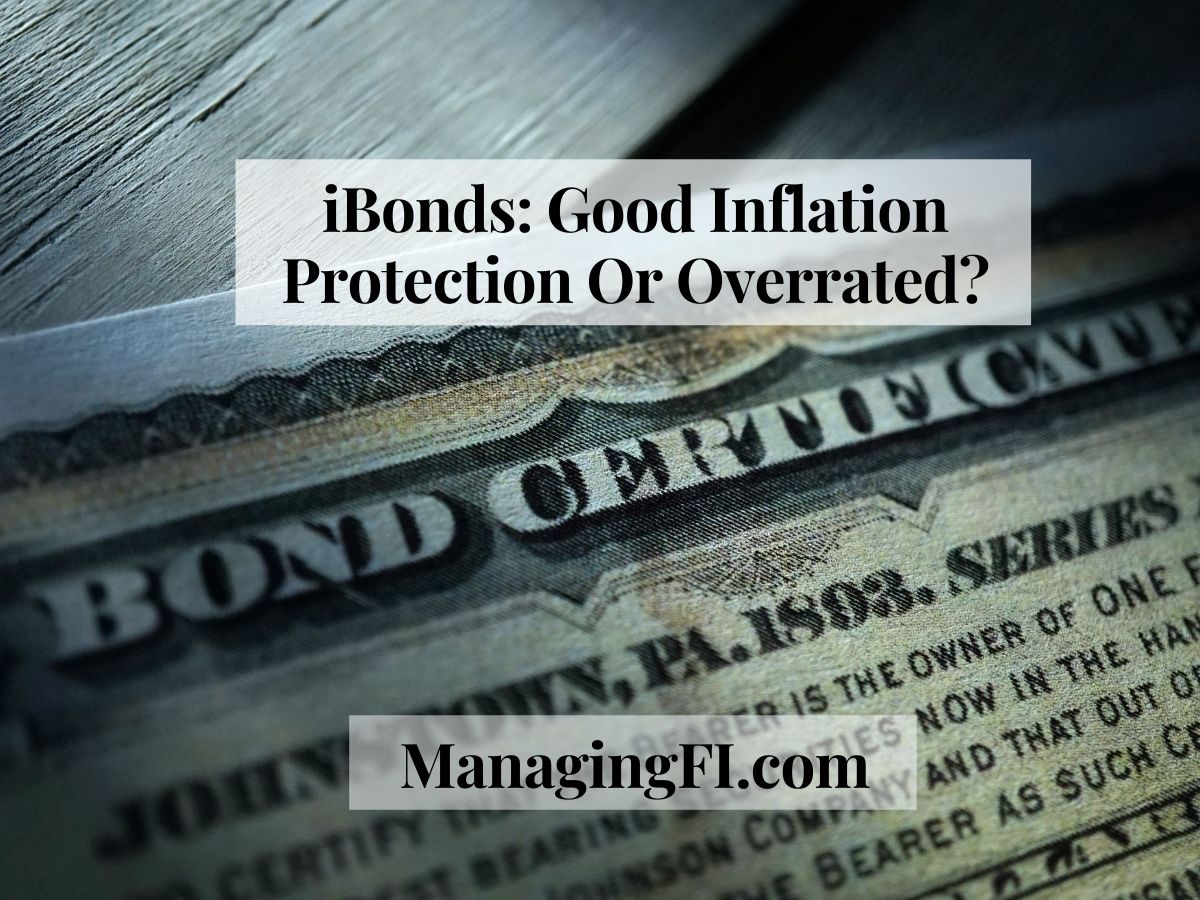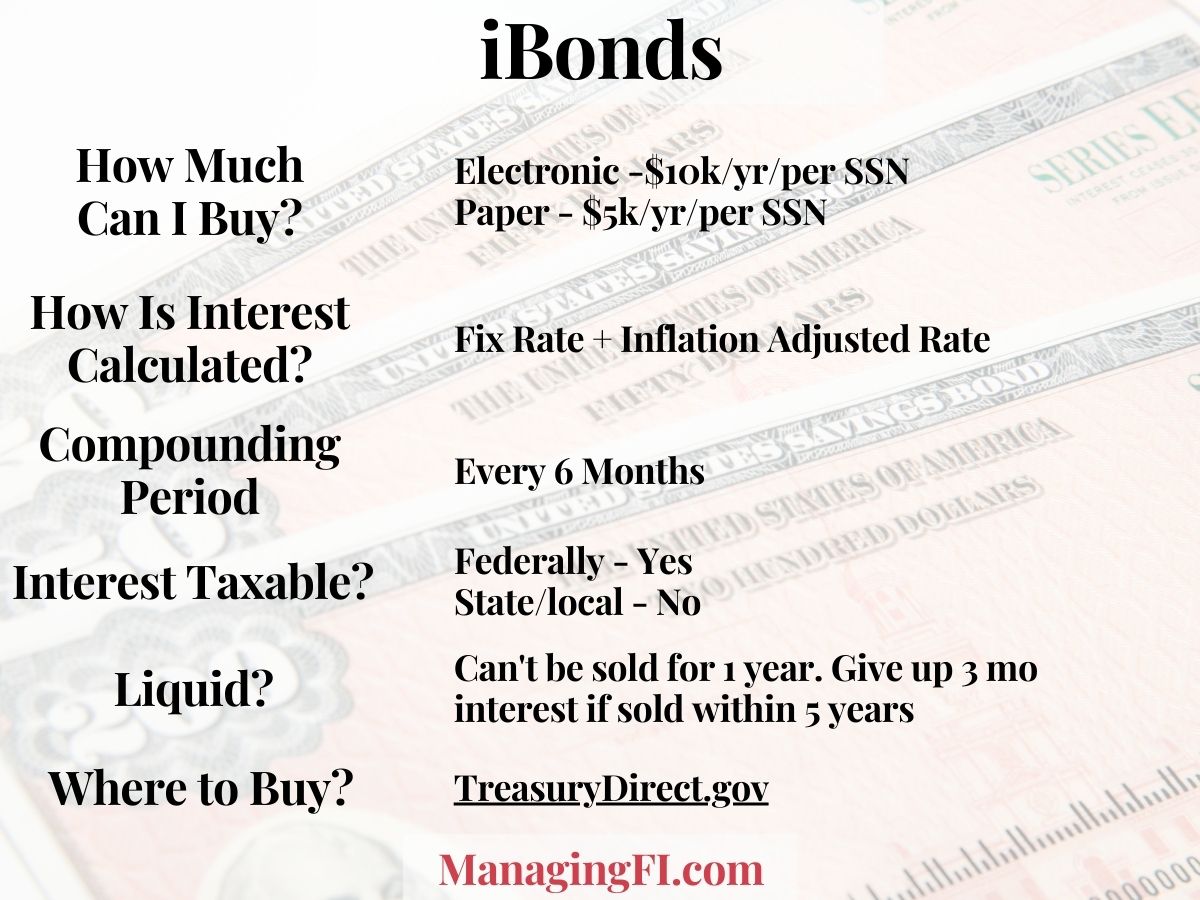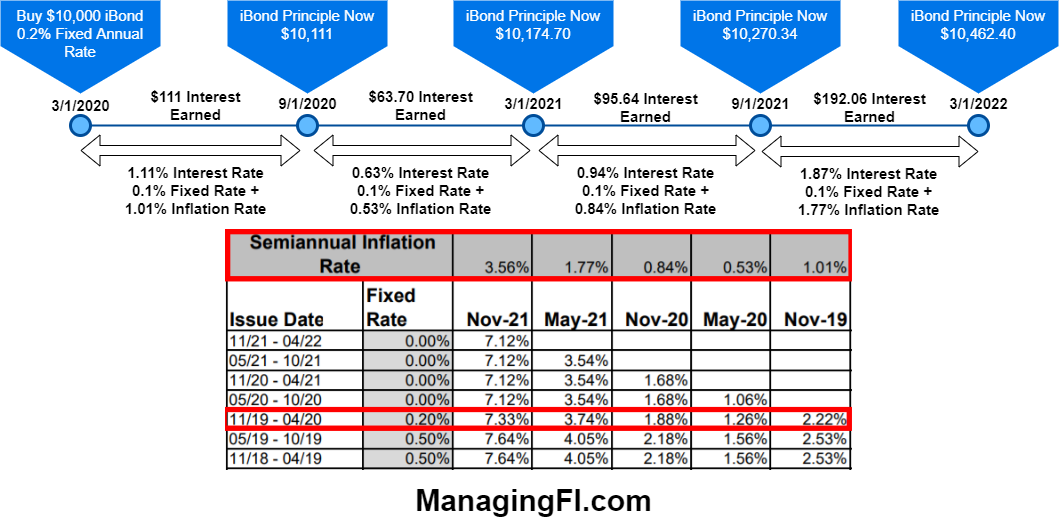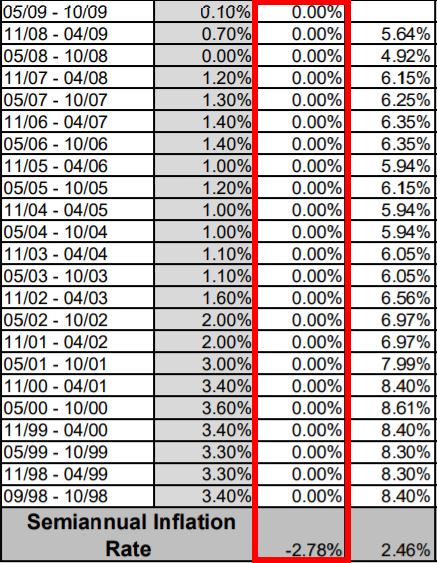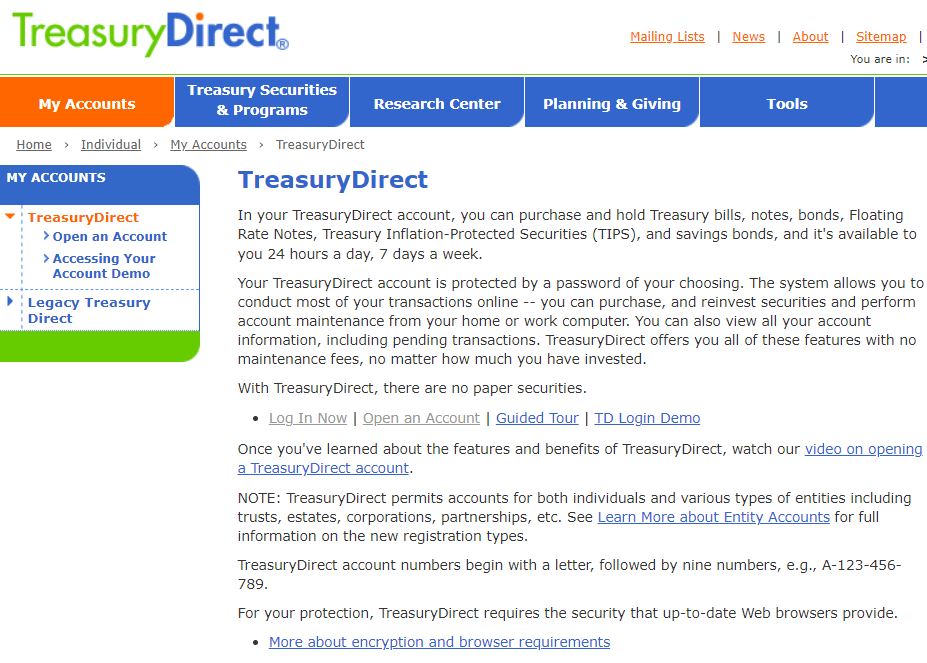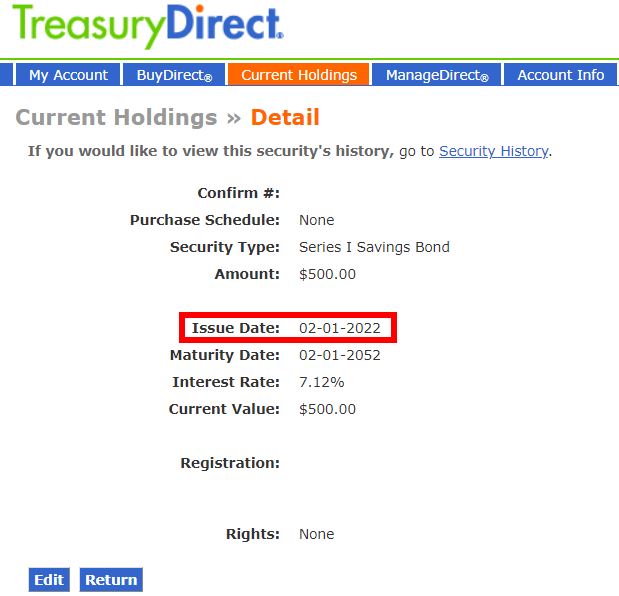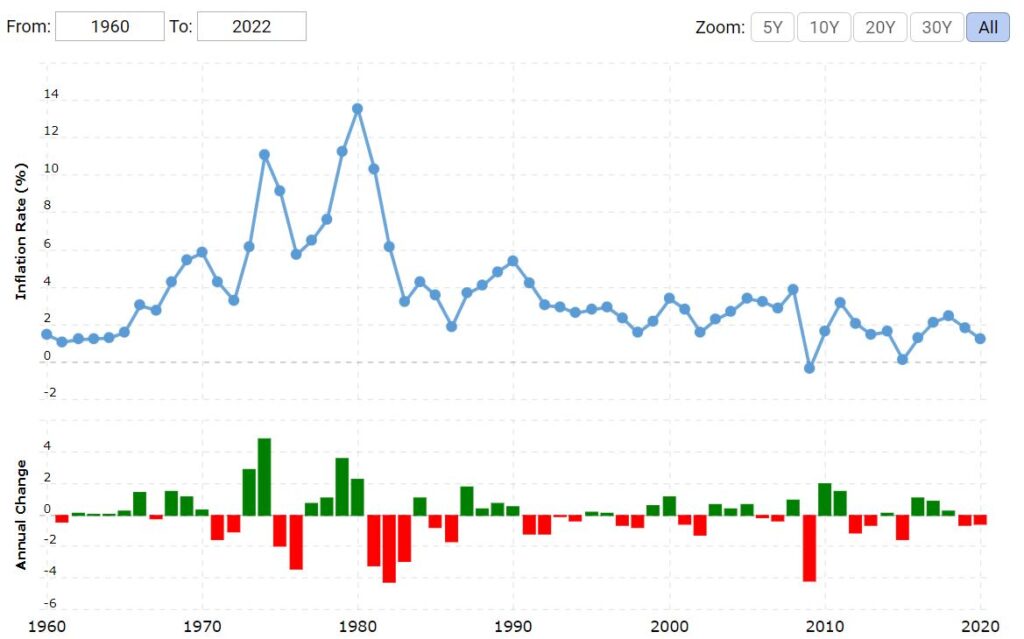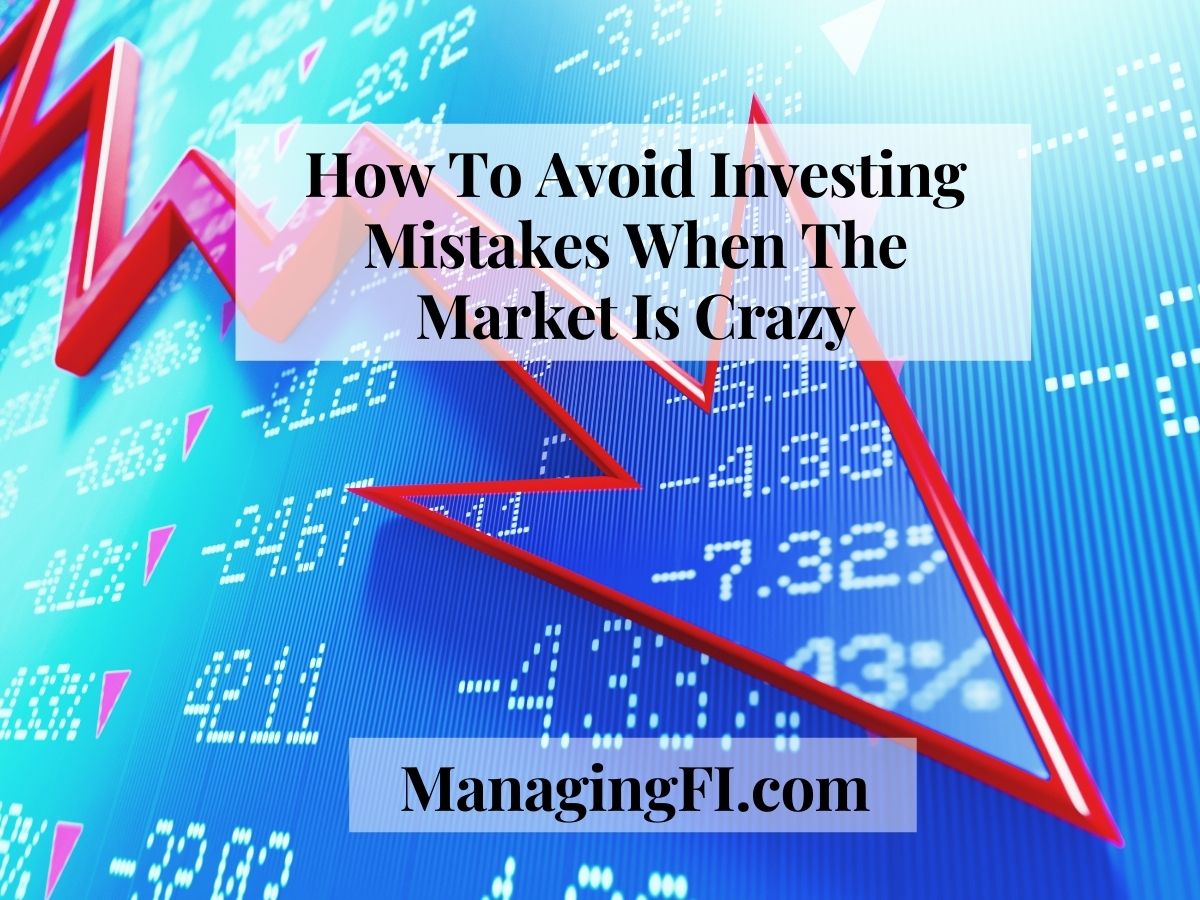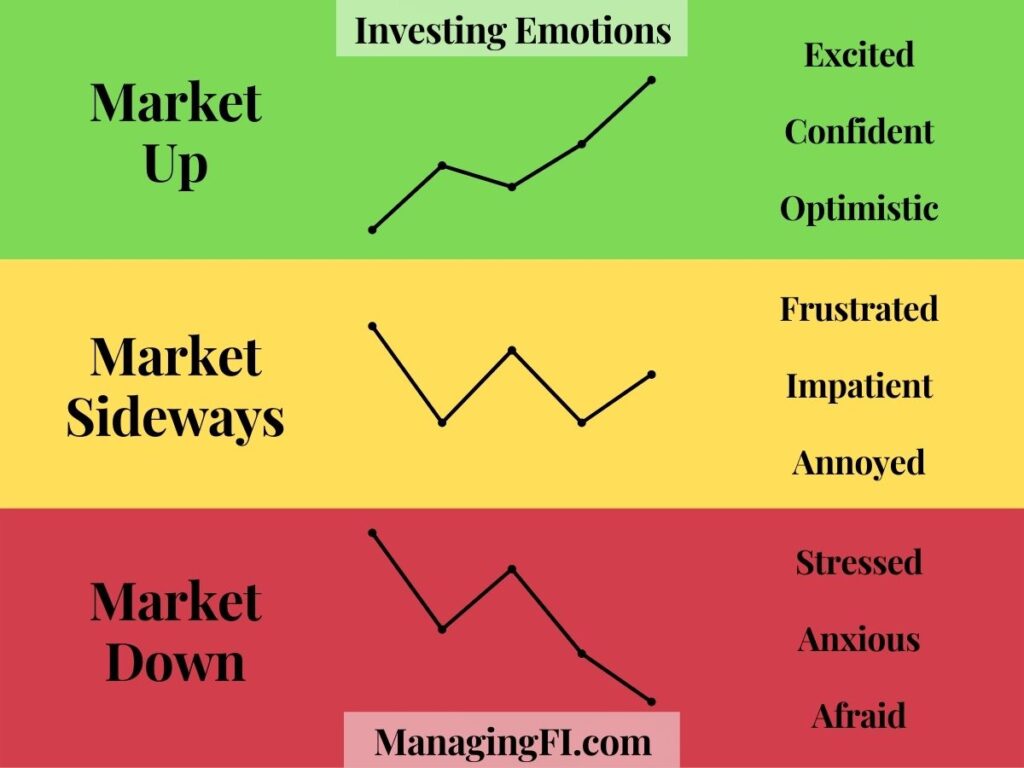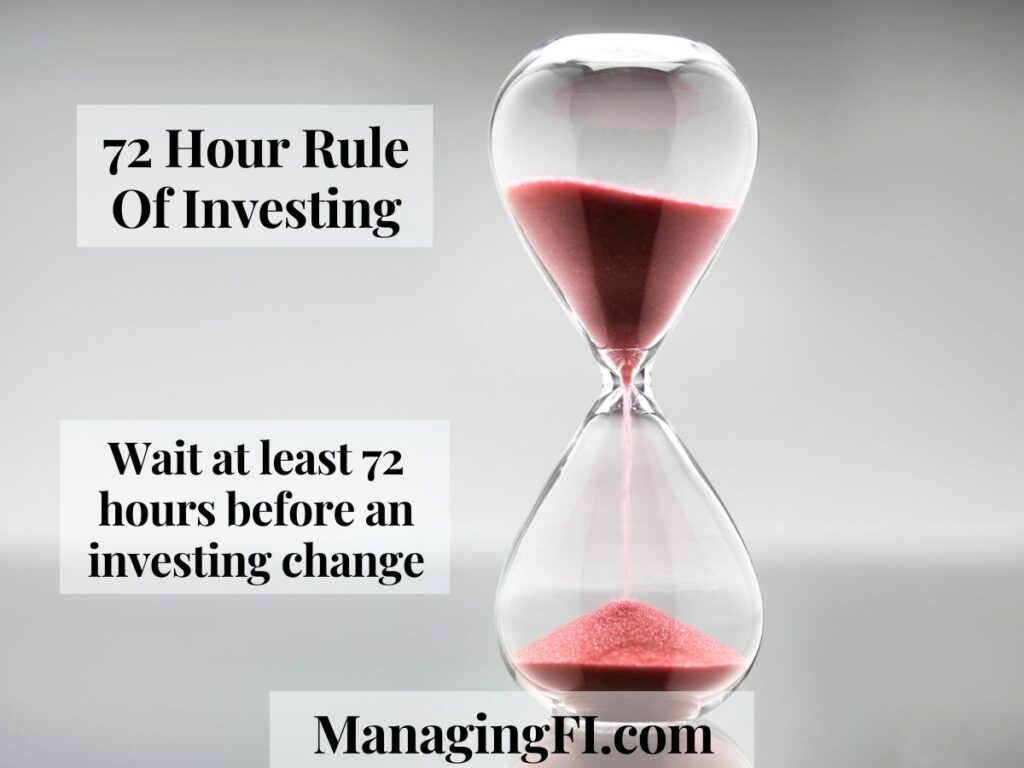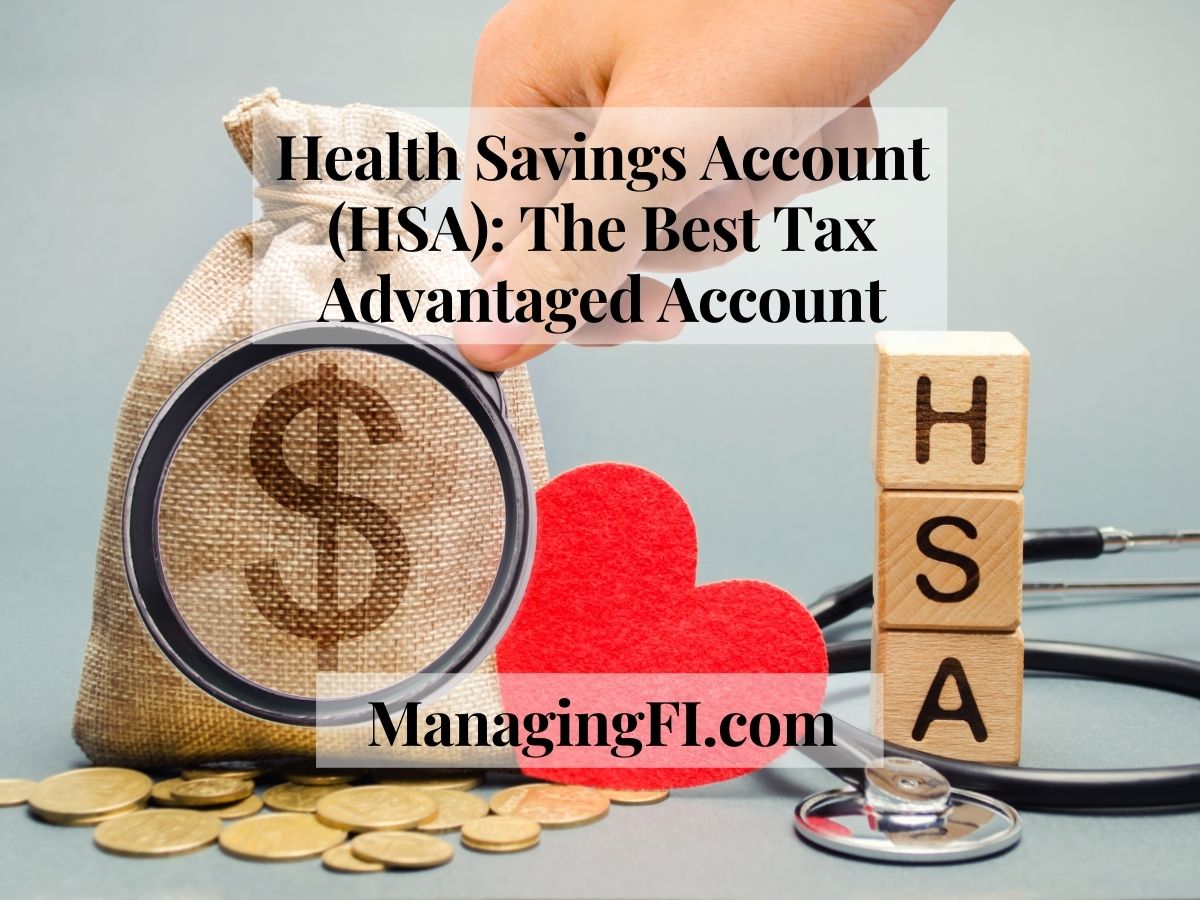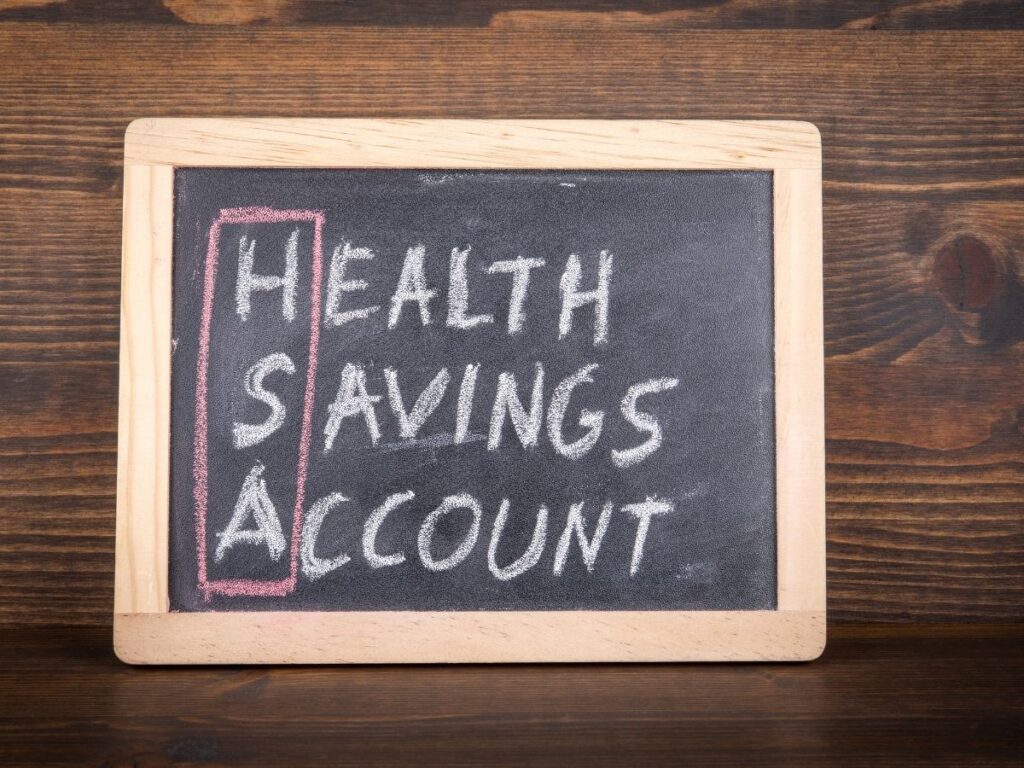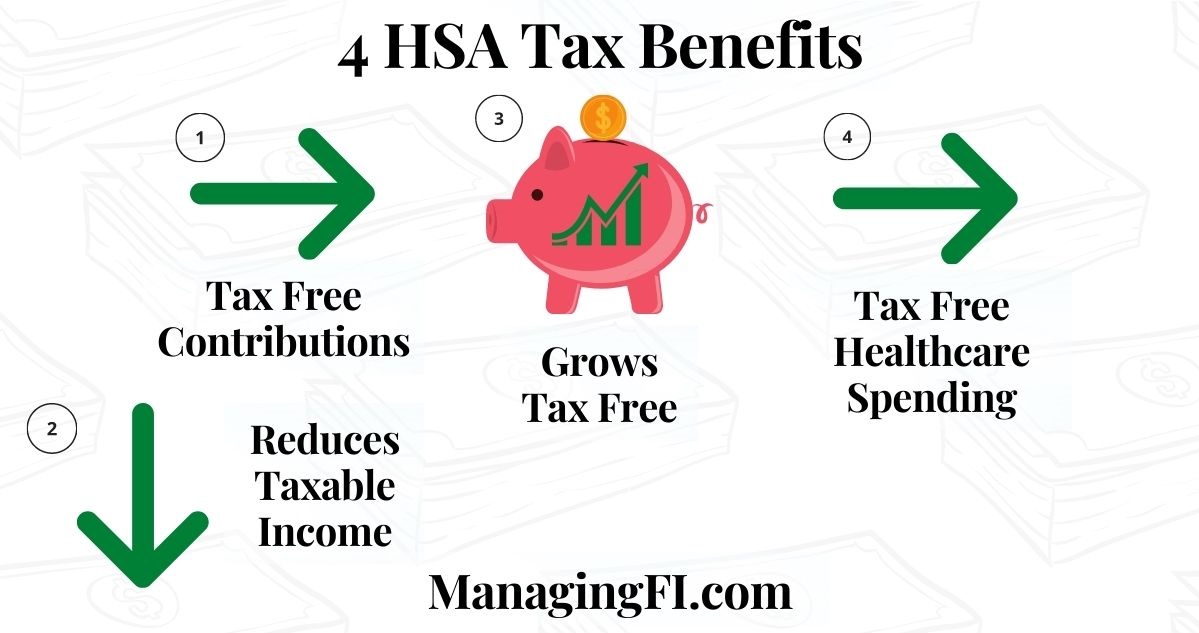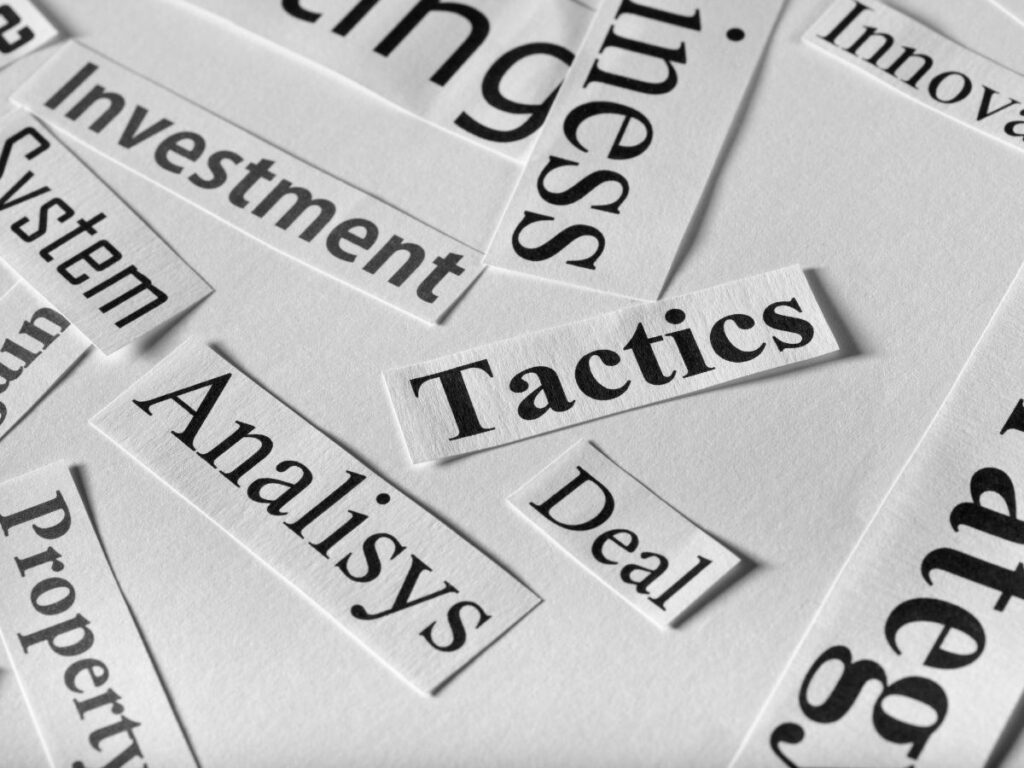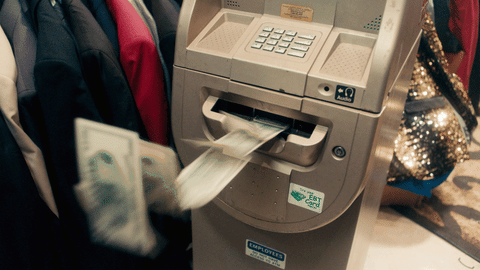BLUF: Stablecoins are attractive for their high interest rates and greater price stability but they aren’t risk free. It’s important to understand the risks before you decide how much to invest.
I actually started writing this article 3 months ago in mid-February. I had personally been on a journey of exploring the crypto space which including building up 1% of our portfolio across Bitcoin, Ethereum and the GUSD stablecoin.
At the end of 2021 I did a classic rookie mistake of letting FOMO (fear of missing out) drive me faster into an investment that I didn’t fully understand. Buying Bitcoin and Ethereum with new investment money was an okay decision. However, at the time I also moved our entire travel fund and part of our emergency fund into GUSD – the Gemini stablecoin.
This article is going to go into the details of stablecoins, yes. But the discussion about understanding and assessing the risks is more broadly applicable to more than just stablecoins. Assessing risks and then making decisions is a lifelong practice that can have large impacts on our lives.
I’m not here trying to scare you, but rather educate you. Investing is about taking on the right amount of risk based on your goals, plan and personality. Lets get into what stablecoins are and what risks exist when investing in them.
What is a stablecoin?
They’re a cryptocurrency that’s pegged 1:1 against another asset. Most commonly this is pegged against a FIAT currency like the USD.
An example of Gemini’s Dollar (GUSD), the stablecoin that I hold, in relation to the US dollar. Because the scale is so tight it seems volatile but the price most of the time is 1.00 +/- 1 cent.

Three Main Types Of Stablecoins
There are three main types of stable coins listed in order of most to least stable.
- Fiat-backed – stablecoins that hold reserves of the currency that it’s pegged to in order to back it.
- Crypto-backed – stablecoins that is backed (also called collateralized) by cryptocurrencies that are held in reserved.
- Algorithmic – These use algorithms the regulate supply and demand in order to maintain the peg. They’re usually two or more token systems where one taken is a stablecoin and the second tokens price can freely fluctuate in the market.
Here’s a list of some popular stablecoins.
Stablecoin (Symbol) – Type
- Tether (USDT) – Fiat-backed
- Gemini USD (GUSD) – Fiat-backed
- Circle US Coin (USDC) – Fiat-backed
- Dai (DAI) – Crypto-backed
- Terra USD (UST) – Algorithmic
How Does A Stablecoin Maintain Its Peg?
In a word – trust. All the biggest stablecoins are collateralized which means that they’re back by assets. Investors buy stablecoins with the understanding that their money will be used to purchase other reliable assets like US treasuries, money market funds or short term bonds. That gives them confidence that when they want to exchange those stablecoins back to FIAT currency, they’ll be able to do it.
The algorithmic stablecoins are either partially collateralized with another crypto token or non-collateralized. In theory these work by the algorithm acting like a central bank. It holds the peg by minting more coins when there’s high buying pressure to keep the price from rising. Burns coins when there’s a lot of selling pressure to keep the price from falling.
These are quite complicated and so far have not proven to hold up during volatile situations. The most recent implosion was the token Luna which worked in conjunction with Terra UST to maintain that stablecoin. UST couldn’t maintain its peg and Luna went into a death spiral in May 2022 trying to keep the peg. It never recovered.

What Is The Utility Of Stablecoin?
Being stable!
In the cryto space, price volatility is the norm. Here’s an example of price volatility for Bitcoin, the largest coin in the world. This is over a WEEK. 5-10% changes in price over a day are not unusual.
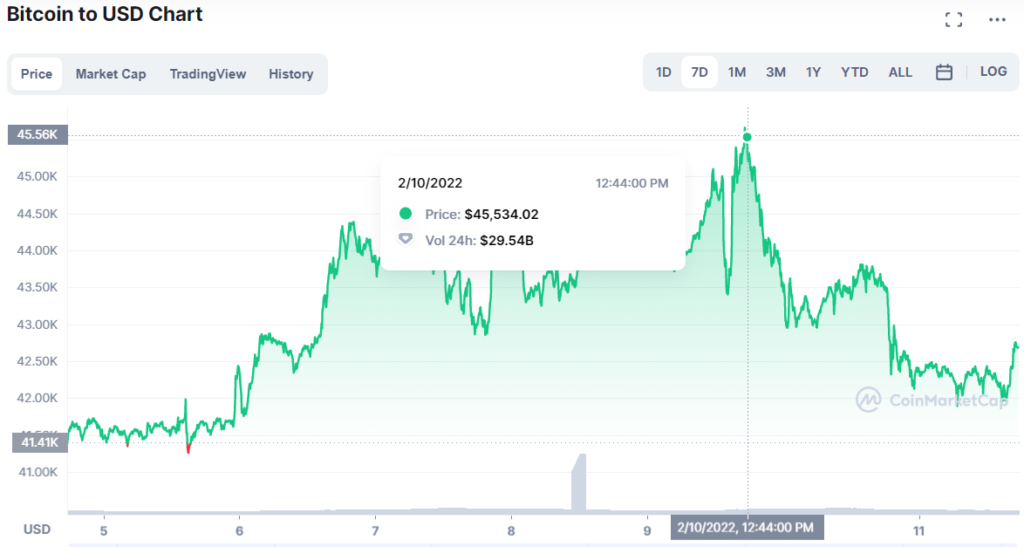
Price volatility is okay for an investment that you plan to hold, but not money where price stability is desired. Here are a few situations where stablecoins prove to be a useful tool
A Tool To Combat Unstable FIAT Currencies
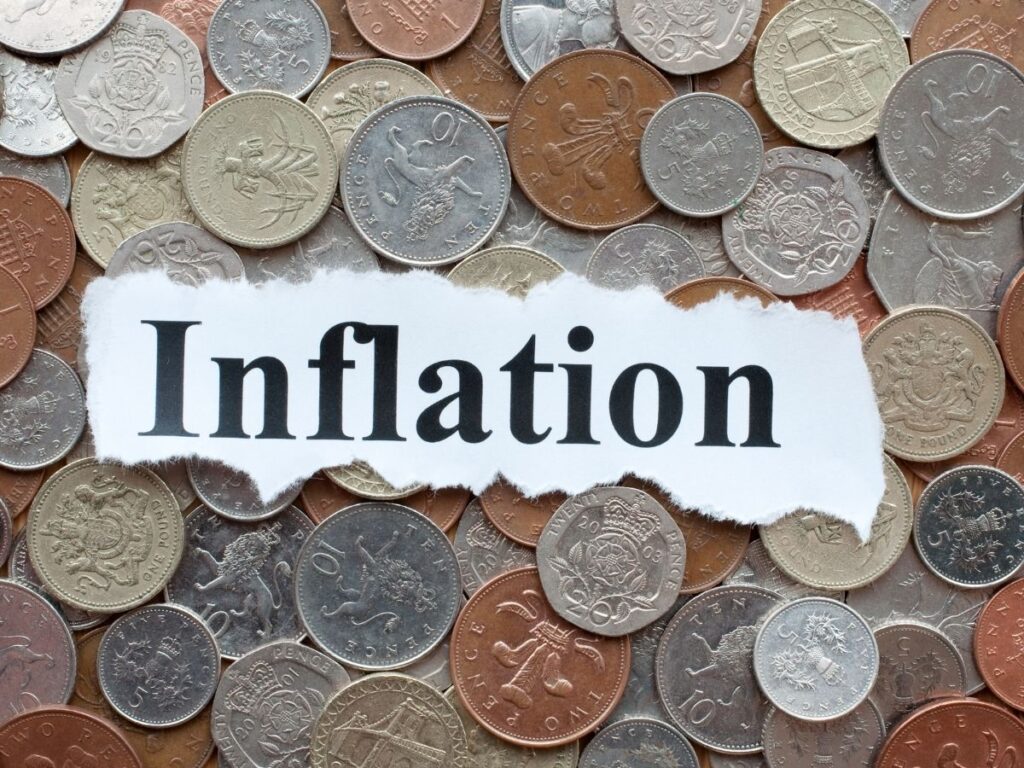
In the US we take for granted that the US dollar is so stable in value. A dollar in your Friday paycheck isn’t going to change in value by the time you go to the grocery store on Sunday. This isn’t the case in other countries. Venezuela’s hyperinflation was so bad that some stores removed price labels since the price was changing daily from the currency being devalued.

In countries with unstable currencies, stablecoins are one way for people to move their unstable FIAT currency into something that isn’t impacted by inflation like their native currency. It’s also a way to cheaply send money to relatives in other countries.
Providing Liquidity In Crypto Markets
Provides liquidity to crypto markets. If you look at the 24 hour trading volume, stablecoins dominate the market with Tether easily number #1. That should not be surprising since it also dominates in the circulating supply with $78B Tether coins out there.

If you look at the most popular coin in marketcap and volume, Bitcoin, you can see the most popular trading pairs and their volume. Stablecoins, and more specifically Tether, are the highest volume trading pairs with Bitcoin.

The Rewards
Before getting into risks, lets acknowledge why stablecoins are getting so much attention. High interest rates! And when I say high, I mean astronomical compared to anything resembling a bank account. Here’s an example of some of the highest rates being touted.
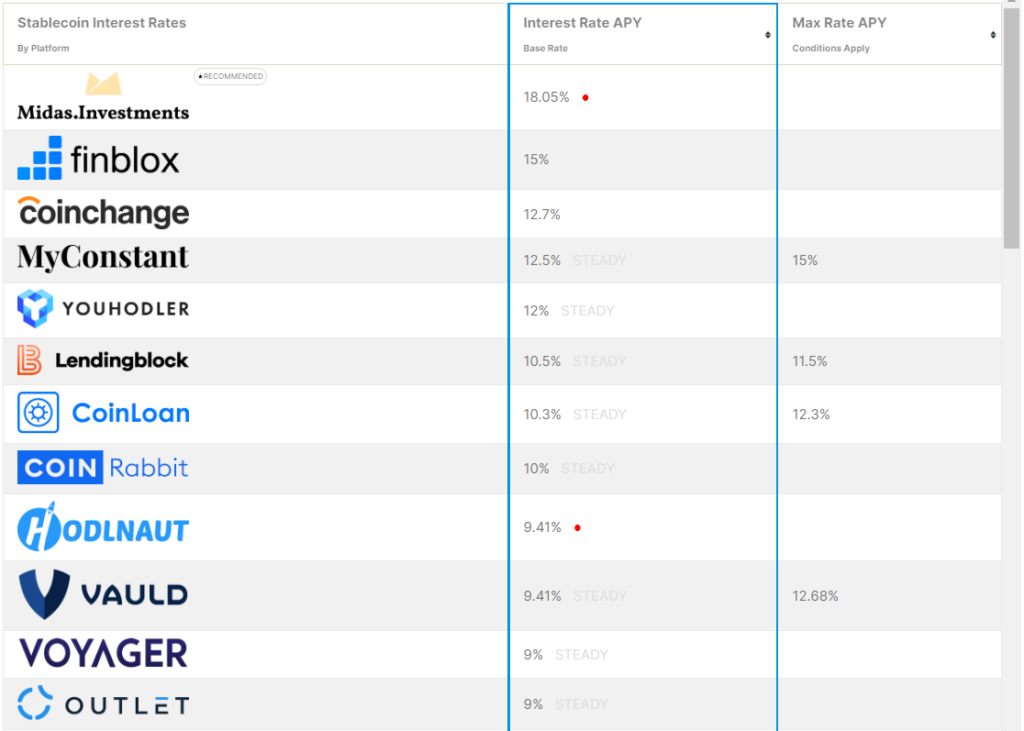
Greed drives a lot of human behavior and it’s hard to ignore something offering such high returns compared with the < 1% that most HYSA and CD’s are offering in May of 2022. We may not know much about how they can offer such good returns but our minds can justify a lot when there’s money to be made.
And this is the allure of stablecoins. You’ve found the nirvana of investing: high returns with low risk. Or have you?
The Difficulty In Assessing Risk
I’m sorry to burst your bubble, but like most things in investing and life, there is no free lunch. There’s no such thing high returns with low risk. You see, if there was, everyone would do it and the returns would drop. What I see is the “stable” term being misinterpreted.
Stablecoins are only price stable. Price stability is being mistaken by many to mean “safe” and “low risk.”
In my world of project management, there are two components to assessing a risk: the probability of the risk occurring and the magnitude of the impact if the risk occurs. We want to avoid or mitigate risks that are both high probability and high impact.
For example, building a house in a common flood zone. There’s a high probability of the flooding happening because there’s an established history of it based on the land. If the flooding does happen there’s a high impact in that the financial cost to repair or replace the house is great. That’s why flood insurance can be very expensive if you live in a flood zone.
That’s great to understand about risk, but that only helps if you can accurately assess the probability AND impact of a risk. With a company that often comes down to the reputation of the people running it, what they tell us and the information that they publish.
Bernie Madoff was a legitimate, trusted wall street businessman for years before he started his ponzi scheme that tricked so many. Many professional investors were invested in Madoff for years without realizing it was a fraud.
Enron was formed from two legitimate energy companies that existed for decades. Then internally some bad actors started committing accounting fraud over many years imploding the company surprising many. That fraud also flew under the radar for many years despite being a public company with required quarterly accounting reports.
I’m not trying to say that stablecoins are fraudulent. I’m trying to say that it can be very hard to assess the risk of things that look like they’re working well on the outside. Some investments can very abruptly flip from the “all is well” state to losing a lot of money.
5 Risks Of Investing In Stablecoins
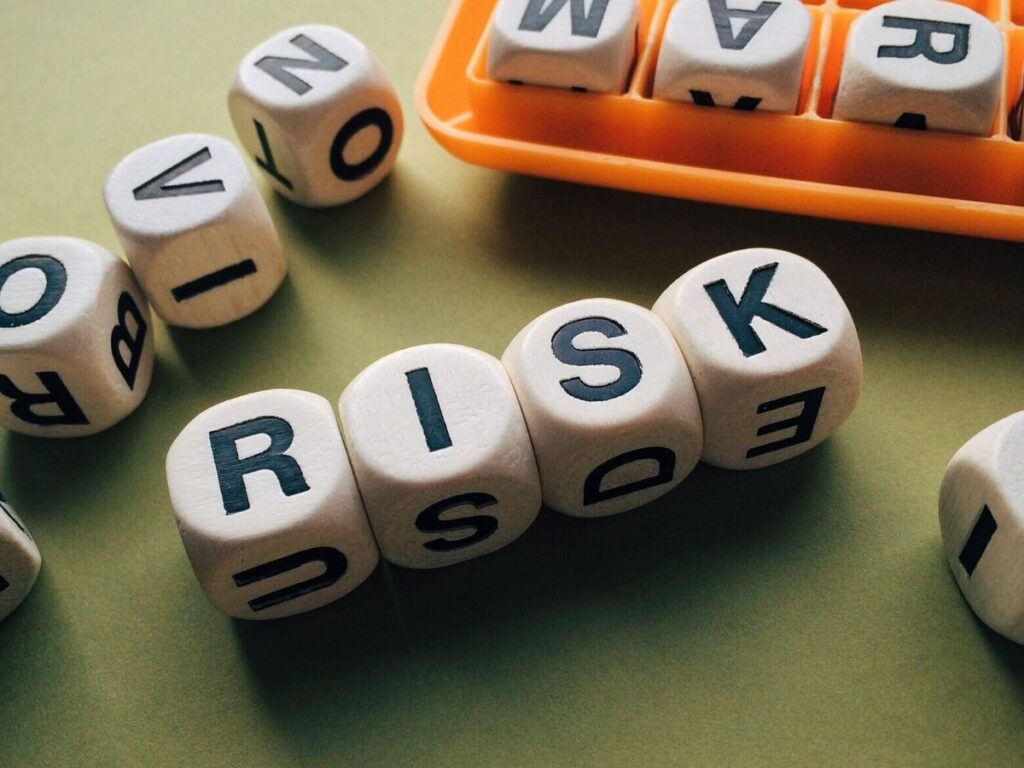
Given that backdrop of information on stablecoins and risk, lets talk about 5 risks that exist in the use of stablecoins.
Stablecoins Losing Their Peg
One incorrect risk assessment is perceiving a stablecoin held on a crypto exchange with a similar level of stability, safety and trust as a savings account held at a bank. After all, its stable!
However, stability is the goal, not the guarantee. We certainly saw that with the stablecoin UST (now called USTC) losing it’s $1.00 peg. It now trades for $0.02 on the dollar so you’ve lost 98% of your stablecoin investment.
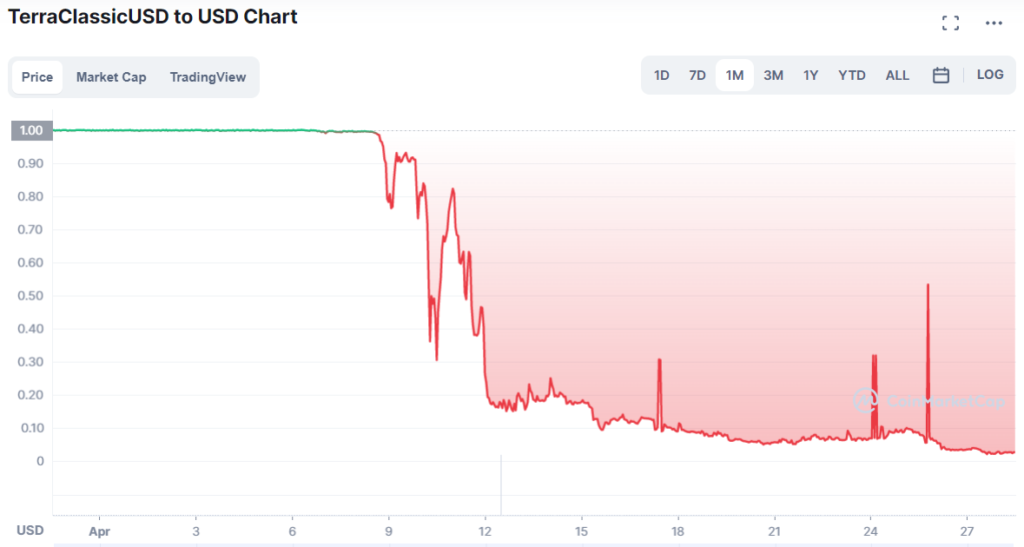
As much as our brains want to think of stablecoins as cash with a set value, they’re investments. There are risks being taken behind the scenes with the money that you use to buy stablecoins in order to provide the high published interest rates.
The systems that are in place to maintain that peg are not perfect and many have never been stressed to see how hey will hold up. Algorithmic stablecoins like UST so far have proved to be the highest risk to failing. And when it happens, it’s ugly.
No Insurance Against Loss (FDIC / SIPC)
Cash held in a regulated bank gets FDIC insurance to protect a depositor for up to $250,000 in the event that the bank goes out of business. The federal government provides that backstop to avoid bank runs that happen when people lose faith in a bank and fear that they won’t be able to get their money back.
Investments held in a financial institution that is an SIPC member company are protected in the event that the company declares bankruptcy. It protects up to $500,000 in investments including up to $250,000 in cash.
Two more recent examples of this was the Lehman Brother bankruptcy in 2008 and the Madoff Ponzi scheme. Because both of these were SIPC member institutions the SIPC stepped in and was able to help protect investor accounts and try to make them whole.


It’s important to recognize that SIPC does NOT insure you against the loss of capital because your investments decrease in value. It’s only against bankruptcy of the member company.
At the time of writing there aren’t any crypto only exchanges that are SIPC insured. Gemini, for example, has FDIC insurance on cash it holds but no SIPC insurance. And they are one of the standout companies in the space in my opinion when it comes to being reputable and lower risk.
Counterparty Risk – The Stablecoin Company
It’s important to recognize that all these stablecoins are issued by private companies. The companies created this “currency” and for that currency to have value and exist, the company that created the stablecoin needs to be able to take those stablecoins back at any time and give you back FIAT currency in exchange.
Counterparty risk is the risk that the other party in a transaction or investment isn’t able to hold up their end of the deal. In the case of the stablecoin this could mean maintain the peg as previously discussed. It could mean that they can’t hand you back a dollar in exchange for each stablecoin that you have.
It’s easy to think of a stablecoin like any other currency. However, there’s a big difference between having the full economy of the US government standing behind the US dollar versus the having Tether Ltd. standing behind their Tether stablecoin USDT.
Tether Ltd. is a private company that has issued $72.5B (billion!) in stablecoins. That’s a lot of money and responsibility. Being an asset backed stablecoin they need to responsibly manage that money to ensure that it’s available for redemption when people want it.
Per their website this is how those reserves are held. Looks like a vast majority of it is held in very safe, secure investments like cash and US treasury bills

Commercial paper makes up a healthy percentage as well. Commercial paper is unsecured, short term debt that typically earns very little interest. 0.36% is the February 2022 interest rate for 3 month, AA rated commercial paper. If you buy up commercial paper from higher risk (lower rated) companies you’ll make a higher return but have a higher risk of default.
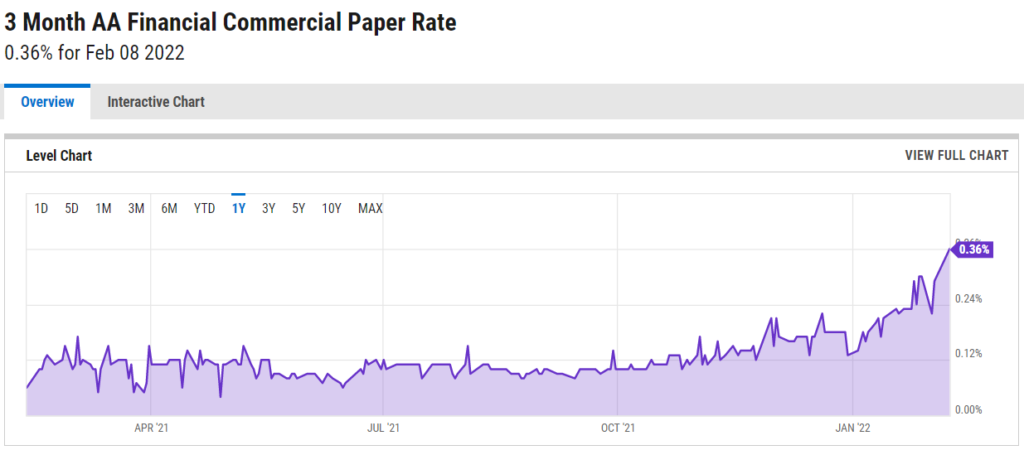
However, it is important to recognize that this is all “self reported” information. There have been attestations done but no true audits. Or, as they call them “assurance opinions”. In other words, nobody has gone through and looked at all the accounts where Tether says that these reserves are held in to verify that everything is as they say it is.

I’m not saying that there’s a problem here, but the fact that they’ve never been audited and refuse to be properly audited is a red flag to me. Being that they are the #3 most valuable crypto asset in the world I sure hope that they are properly managing this reserve money.
That’s the counterparty risk that you accept with Tether. If any kind of fraud or mismanagement did occur and they couldn’t redeem your USDT for FIAT currency then the stablecoin would plummet in value.
Regulatory risk
The cryptocurrency industry is very much in it’s infancy. It has gotten so big, so quickly that it’s just starting to get more attention from governments. With so much economic money becoming intertwined with crypto, the risk goes up of a crypto collapse impacting businesses and countries goes up. Nobody wants a financial crisis like 2008 again.
In response, some governments like China have banned cryptocurrency. In the US, the SEC is looking at crypto companies much more closely and handing out fines if they aren’t complying with the rules. The SEC fined BlockFI $100M because of violations.
The point is that regulation is coming and that’s a good thing. It will help to keep peoples money safe by increasing company transparency and holding them to risk management standards. However, regulation could force some companies out of business due to fines or being unable to comply.
By chance I end up with Gemini because New York has very tough compliance rules and Coinbase was the only other option. However, in hindsight, I’m happy about that because I think the probability is lower that Gemini could do something shady and get away with it.
Hacking Risk

Police: Why do you rob banks?
Willie: Because that’s where the money is.
Willie Sutton, bank robber
One downside with the crypto space is that its really a hackers dream. No more dealing with malware and trying to extort money from people to get their data back. With crypto, there are a hundred different “banks” full of crypto from which they can steal directly.
I had someone who was able to log into my Gemini account in the middle of the night and the only thing that saved me was the I had two factor authentication turned on. Fortunately they weren’t smart enough to get around that. However, people can even spoof phones now to bypass that.
There are so many startup crypto exchanges and projects that there is money floating everywhere in cyber space. These smaller companies don’t have the budgets to secure your account like more established companies. If you crypto is stolen you’re often out of luck.
If you counter this risk by holding your assets off the exchanges in a cold wallet then there’s the risk of a seed phrase being lost and the crypto not being recoverable. This article from last year estimated that 20% of all bitcoin seems to be lost or stuck in hardware wallets.
What Am I Doing?
In February 2022 I reversed course and pulled most of that emergency fund money and all of the travel fund back out and into our HYSA. I decided that I was most comfortable with treating stablecoins as an investment and only putting what I was willing to lose in them.
I do feel more confident with my money held in Gemini. However, it’s going to take more time and some more regulation in the industry for me to be comfortable putting money that I can’t lose into them.
I keep a modest crypto portfolio of 1% of my total portfolio. Of that, it’s roughly 55% bitcoin, 25% Ethereum, 20% GUSD stablecoins.
Are Stablecoins Worth The Risk?
Like all investment decisions, that’s really up to you to decide based on your situation, risk tolerance and what you can afford to use. I think they’re an interesting investment option and can be one of the less risky options in the crypto space.
However, personally, I wouldn’t park large sums of cash that you can’t afford to lose. My opinion could certainly change over time as the industry matures but it’s still the wild wild west out there in many areas.
Like the content? Click here to subscribe to the e-mail list and have the articles delivered to your inbox.

